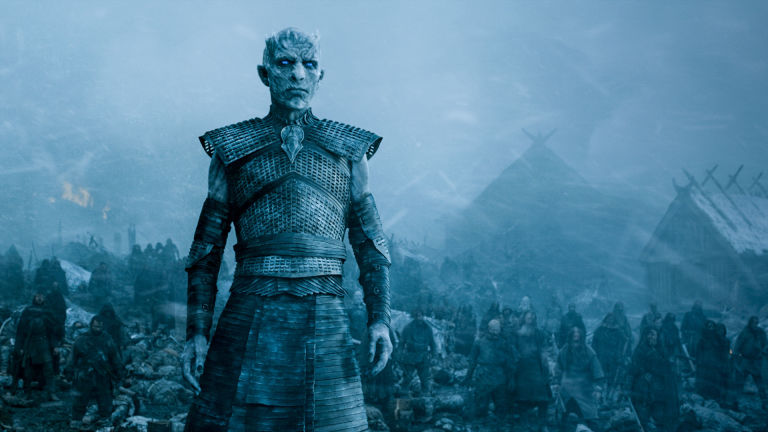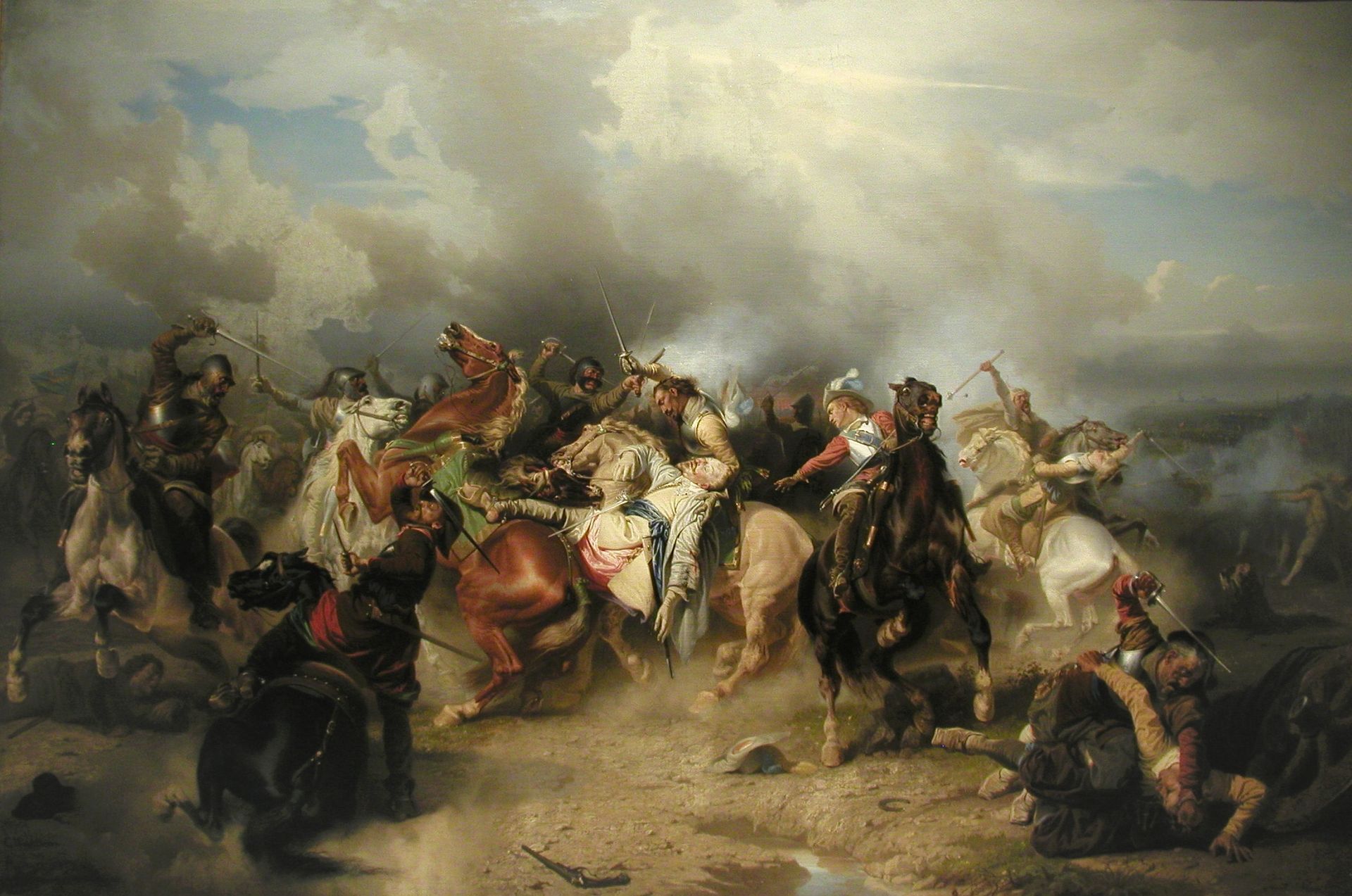
This post originally appeared on my author blog here.
Several years ago I was fortunate enough to connect with another indie author, Mike Reeves-McMillan, who wrote a lovely review of The King’s Sword, which he described, tongue-in-cheek, as “cheerybright.” He meant that the world wasn’t perfect, but good characters exist and can make a difference in their world and society through actions defined by honesty, integrity, and self-sacrifice. While the term cheerybright certainly made me smile (and was a lovely counterpoint to grimdark), we eventually discovered the term “noblebright.”
The term noblebright was originally something of a joke from the gaming community. The quintessential grimdark game Warhammer 40k (which I have not played, being neither a gamer nor a fan of grimdark) was rewritten as Brighthammer 40k. Some brilliant unknown person (thank you, whoever you are!) described the rewrite as “noblebright”, which we liked because it focused on the motivations of the characters rather than a perceived cheerfulness which wasn’t reflected in the all the books we meant when we talked about this previously-unnamed subgenre of fantasy.
So what is noblebright fantasy?
Noblebright fantasy has at least one important character with noble, idealistic motives who does the right thing out of principle. The character is flawed, but his or her actions are generally defined by honesty, integrity, sacrifice, love, and kindness. The story upholds the goodness of the character; the character’s good qualities are not held up as naiveté, cluelessness, or stupidity, but rather shown to be worthwhile. Good characters can make a difference. Noblebright characters can learn and grow. They can deliberately choose to be kind when tempted to be unkind, they can choose generosity when it hurts, and they can influence their world and other characters for the better. In a noblebright story, even villains are not without hope; their stories may have a redemptive ending, or they may have some kind of conversion experience (religious or not). It’s not guaranteed, of course, but in a noblebright story, it’s a possibility.
Noblebright fantasy is not utopian fiction. The world of a noblebright story is not perfect, and indeed can sometimes be quite dark. Actions have consequences, and even good characters can make terrible mistakes. But a noblebright story is generally hopeful in tone, even if there are plenty of bad, grim, dark things going on in the world.
Noblebright Fantasy: Intersections with Other Fantasy Subgenres
First, a few definitions:
Clean fantasy – Clean fantasy is fantasy that does not include sex or graphic violence. Clean fantasy is very often noblebright, but not always. It is often written for young adults, but not always. It is “young-adult appropriate” even when written for adults. Not all noblebright fantasy is clean, but much is.
Young adult (YA) fantasy – Young adult is an age range, not a genre, so young adult books of any genre have the age range (13-17 years old) in common. Young adult books are typically written with slightly simpler vocabulary, grammar, and syntax than books written for adult readers. They often, but not always, have a coming of age element to the story, and almost always have a young adult protagonist or main character.
Not all coming of age books are young adult books. “Coming of age” is a theme in the story, while young adult defines the intended audience. A coming of age story might be written from an adult perspective looking back and intended for adult readers rather than young adult readers.
As an amusing aside, I’ve found a number of definitions that define “young adult” as ages 20-39, but in literary terms, “young adult” means basically middle school and high school age, so 13-17 years old. 18-24ish tends to fall under “new adult” which is a recent term for books with college age protagonists (whether or not they’re enrolled in college).
Christian fantasy – Christian fantasy is written with a clear Christian perspective, with either allegorical or direct reference to Christian theology. Most Christian fantasy books will be fairly clean, but that’s not an absolute guarantee (I believe some of Ted Dekker’s darker stories may be more graphically violent than would fall under the “clean fantasy” descriptor.). Most Christian fantasies will be noblebright in character even if the world is dark, but not all noblebright fantasies will be Christian fantasies.
To use my own books as examples (because I know them best):
The King’s Sword and the rest of the Erdemen Honor series are noblebright, clean fantasy, but not Christian fantasy. You can easily identify themes of integrity and sacrificial love, but there is no religious component to the story. They are not YA, although both The King’s Sword and Honor’s Heir have a coming of age thread within the story, because the stories are written for adults from an adult perspective.
Things Unseen and the rest of the A Long-Forgotten Song series are Christian fantasy. I’ve described them as “darkish” at times because they’re more violent and scary than Erdemen Honor. However, it’s the world that is darkish; most of the characters you spend the most time with are very noblebright. Is it clean? Well, some of the violence is a little graphic, but I think most parents would probably be ok with even younger teenage readers reading it, so it’s clean or at least cleanish. Most of the violence takes place off the page. It’s the polar opposite of grimdark… there is hope and redemption and grace in a very dark world. The darkness is there not for the reader to wallow in but to highlight the magnificence of grace.
We’re starting a movement.
I want to make noblebright fantasy a thing the way grimdark is a thing. I want you to be able to search for noblebright fantasy on Amazon and find it. I want to bring noblebright into the spotlight the way grimdark has held the spotlight for years.
We need your help.
I’m assembling a series of boxed sets of noblebright fantasy books. They’re great books with a noblebright perspective, at a great price. We want to hit the bestsellers lists.
I’d love to be a bestseller, of course. But more than that, I want to get noblebright fantasy out to the world. I want to let people know that fantasy doesn’t have to be grim and dark and cruel and hopeless. There is hope and light and kindness and joy in fantasy! I want to give devoted fantasy readers a new perspective, and I want to attract readers who might have been turned off of fantasy by the recent trend toward grimdark.
How you can help:
Do you believe in noblebright fantasy? Here’s what you can do:
- Buy the books! You can check out the boxed sets or seek out the individual books you’re interested in. I will post reviews of all the books in sets that I organize on my blog.*
- Search for noblebright on Amazon! I’m working with other authors to make noblebright more widely known, and we’re using noblebright as a keyword on Amazon. So you can search to find other noblebright books by using it as a search term. Like this (click here!).*
- Write reviews for the books you enjoy! Using the noblebright term in your review will help that book come up more easily in searches by readers searching for noblebright fantasy. Not sure how to write a review? I wrote some tips here.
- Spread the word! If you’re a blogger, blog about noblebright as a new subgenre or about the noblebright books you’ve enjoyed. Do you tweet? Tweet about it! Tell your friends!
- Sign up for our mailing list! I don’t have (and don’t want) ownership over the noblebright term. But I do have a leadership role in this movement, and I am organizing these first noblebright boxed sets. As a Christian reader and author, I plan to let you know where noblebright fantasy, clean fantasy, and Christian fantasy intersect and overlap in the books I’m reading and the boxed sets I’m organizing, to help you select books you will love. This is the noblebright mailing list. If you’d like to be on my author mailing list, please click here.
*At one point I was advised to trademark the term noblebright in order to ensure that the definition remained relatively static and that it was not applied to books which included material that was problematic in some way. I chose not to do this. I believe authors who write noblebright understand the point of noblebright and the limits of the term. I’d rather have noblebright spread than keep ownership of it. I understand, and I want to make you aware, that not all noblebright fantasy will be completely consistent with a conservative Christian worldview. Noblebright is a term that describes a general attitude of hope and goodness and nobility in the work, but does not necessarily mean that the author is a Christian or that the work is completely devoid of content that you personally may find problematic or challenging in some way. If you’re a Christian reader, this is a new way to find books you might enjoy. If you are not a Christian but are looking for books that are more hopeful than what has been in vogue recently, noblebright is your new favorite search term.





13 thoughts on “Noblebright Fantasy: An Overview”
Thanks for this. Before I discovered your website, I bought that box set on amazon because of the word Noblebright – I hate pessimistic fiction. Now I know how to find more! Specifically, I’m looking for non-religious noblebright science fiction & fantasy. I’d appreciate it if you’d let me know if you think of any good examples or sources of this!
Thank you! I have another boxed set in the works, so you may want to subscribe to the newsletter. 🙂 The series of blog posts with book reviews and recommendations is ongoing, so that may be a source of new works for you to enjoy as well.
This is awesome, CJ!
I’ve been looking for something like this for so long. I’m a Christian, and I love the way you define “noblebright.” I want to promote what you’re doing as much as possible. I posted on FB and Tweeted your great news.
I have several books out myself that don’t fit the term “clean fantasy” because of the martial arts and medieval warfare aspect in them but “noblebright” fits perfectly. Sexually they are quite clean.
From what you’re saying it’s alright if I use this term “noblebright” in reference to my books, or as a keyword or anything else as long as I use the definition correctly?
I’m also off to investigate your books because I’m putting together a blog-to-book project about “good fantasy” which I’ve found includes Christian fantasy, though there are many non-Christian authors’ books I also admire for those very noblebright themes you mention.
Would you be interested in being included in my blog-to-book? I’d like to include your set, even if you don’t have time to join in. I have a rough, bare bones blog-to-book outline here http://azaleadabill.com/wp/2017-blog-plan-overview/#more-960. I’m planning on making the book perma-free or $0.99 so news of good books gets out in the world in a collection. The audience would definitely be both Christian and non-Christian.
I will invite most of the authors I included to share a small experiential post/piece for it, as well as sharing the book with their audiences – I’ll be making quote graphics for all of the books and authors included and posting on social media, and including links to all the authors’s sites in the back matter or in their bios, among other things. I also plan to include these authors’ new fantasy releases in it. Then the 101 Noblebright Best Fantasy Book Experiences of 2017 (tentative title) will bring forth old and new treasures.
And I’ll have to add the definition of “noblebright” fantasy into my definitions of the other fantasy genres in the book.
So many noblebright writers should be out there where they can be appreciated more.
Thanks again for all you’re doing! Wonderful.
May noblebright live long and prosper!
Azalea
I would love to be included! And yes, please do use noblebright for your books if they fit the definition. I’ll email you… I think we need to talk. 😀
I did not know “noblebright” was a thing, but apparently that’s what I write. Reposted at https://www.facebook.com/delaneygreenwriter/
Thank you for sharing!
Typically when I see something from an author of fantasy, paranormal or sci-fi I unsubscribe since I have no interest in those genres. But for some strange reason I read your email and clicked over to the extended explanation of “Noblebright”. Looks like I’m going to want to try at least one of your books. I will let you know what I think after I’m finished. Thanks for the education. Roberta (Bobbie) McCord
I hope you enjoy it!
I absolutely love the commitment to making the world a better place with intriguing clean story’s & movies.
Hats off to you!